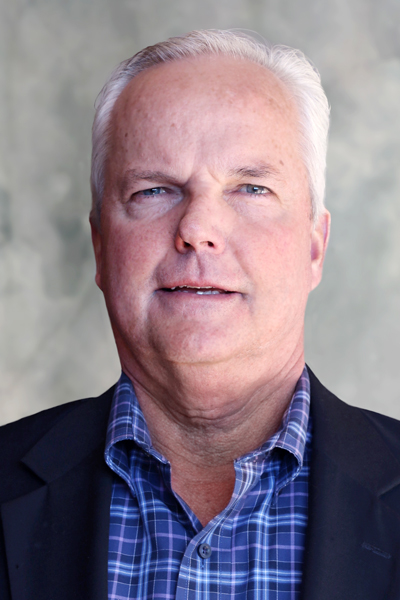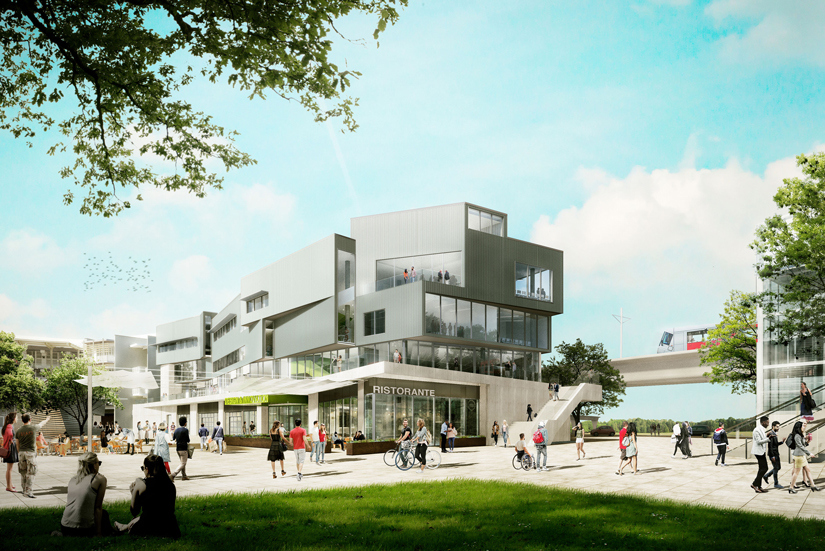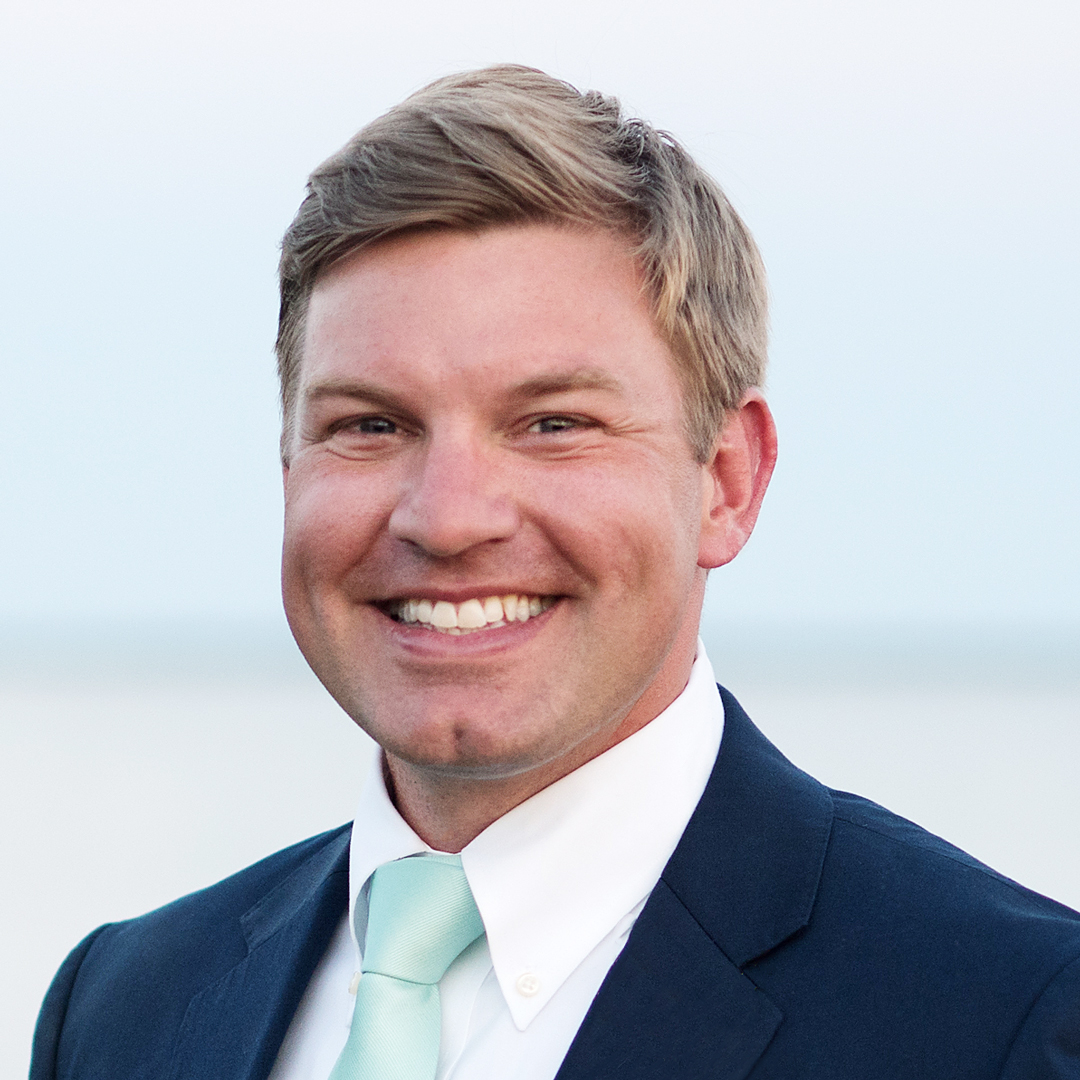|
Getting your Trinity Audio player ready...
|
In the past five years, the University of California San Diego has seen its undergraduate population grow by thirty percent, and in four more years, they expect it to grow another twenty percent. This leaves UCSD in an exciting but challenging position: not only must it grow its student housing to accommodate this influx of new students, but the entire campus is also set for a complete physical transformation to maintain its status as one of the most attractive schools in the country in which to study and work.
For Joel King, AVC of design and development services and campus architect, and Eric Smith, AVC of capital program management, it’s a challenge they’re excited to take on. King has spent all thirty-seven years of his architectural career in San Diego County, eleven of them at UCSD; Smith, meanwhile, has only worked for the university since October 2017, after more than forty years in the construction and design arena.
Though their tenures at UCSD are strikingly different, they quickly developed a collegial, respectful working partnership built around a sense of mutual respect and recognizing when one needs to consult the other when making design decisions. “The most important part about our partnership is knowing that we don’t know everything,” King remarks. Their respective roles in UCSD design projects follow a somewhat linear structure: as head of design and development, King focuses on hiring designers, formulating contracts, and generally acting in the role of the building owner, while Smith works with project managers to execute delivery of those projects. While he and King fulfill different ends of the process, Smith asserts that they “think of [themselves] as a single team.”

Portrait by Rhett S. Miller (UC San Diego)
This sense of collaboration is proving quite useful for King and Smith, as UCSD’s revitalization project is massive, and involves nearly $10 billion in significant physical transformations to the campus over the next ten years. To support the growing undergrad population, UCSD is building out a residential campus, including space for housing, dining, retail, and other methods of improving student life. (UCSD currently plans to increase its total bed count to 26,000 to accommodate the influx of new students.) In addition, the university is planning new construction for the College of Engineering, medical research clinical facilities for UCSD’s two medical centers, and an open bridge over Interstate 5 to physically connect the east and west campuses for the first time, among several other projects.
One of the most eye-catching improvements, however, is the extension of the Blue Line light-rail transit system from downtown San Diego north to UCSD in La Jolla, which King says will “open the university up to the community in a way we never have before.” With housing and other projects planned around that light-rail transit, it’s hoped that having easy light-rail access to USCD will make the campus a destination for locals and tourists alike.
Not only will these new projects affect the university’s size and visual appeal, King and Smith wish to pair this physical transformation with a larger cultural and intellectual transformation of the campus. Their efforts to turn UCSD into a residential campus, says King, means more than just building out beds––they’re creating an experience for students, allowing them to feel more connected to the university and encourage more alumni participation even after they graduate.
What’s more, the university strives to become a multicultural arts destination, creating academic corridors punctuated with public art that represents various cultures present in the community. For its light-rail station at the heart of campus, for instance, they’ve commissioned a mural illustrating the creation story of the Kumeyaay Native American tribe native to San Diego.
Many of the buildings King and Smith are working on have utility across multiple disciplines—visual arts embedded in buildings alongside engineering and medical device research. This includes eleven “collaboratories,” dry lab spaces where industrial researchers can perform needed work and offer students a “pipeline from graduation to the workplace,” says King.

Assistant Vice Chancellor of Design & Development Services and Campus Architect, University of California San Diego
Portrait by Rhett S. Miller (UC San Diego)
To accomplish these ambitious goals, King and Smith have been finding innovative ways to adopt best practices in their procurement, design, and construction processes. This includes working with new project delivery models that provide greater flexibility and collaboration for their contractors and designers. While they still use traditional construction manager/general contractor models for smaller, less complex projects, they’ve begun adopting a “progressive” design/build contract model in which designer and contractor are hired as a single team under one contract. Here, all parties work at the same time on a target and value budget set early on, which allows for deeper collaboration at all stages of the process. “It’s complex, but gives us an opportunity to create value,” Smith says, especially given the large number of stakeholders involved in a university environment.

These practices and more are all part of an effort to attract the best and the brightest to UCSD, which King and Smith believe is integral to accomplishing the ambitious and forward-thinking work they’re doing at the university. “Projects succeed when we have a high-performance team,” says Smith, “with trust, accountability, and the best interests of the project in mind.”
Between the physical beauty of the campus (including natural features like the sprawling Pepper Canyon) and depth and breadth of the work they’re doing, King and Smith believe UCSD’s long-term revitalization project presents a once-in-a-lifetime chance to participate in the design/construction industry at an unparalleled level.
“We keep remarking to ourselves how unbelievably fortunate we are to work at a place that attracts the best and brightest,” Smith says. “Applicants practically bang down the door hoping they’re the ones that get to work here; that’s not something that happens in very many places.”


